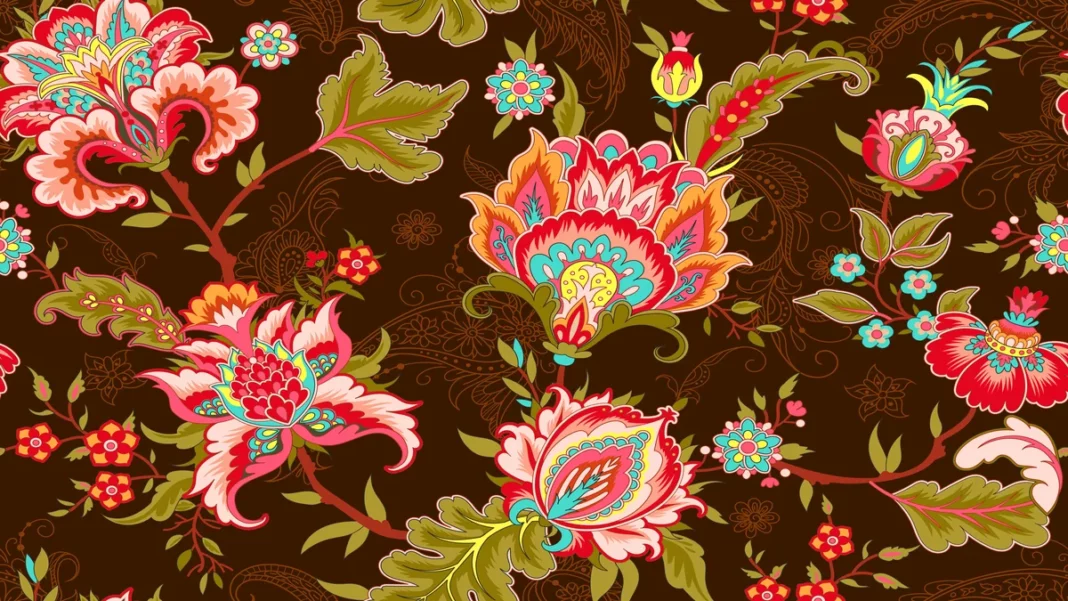Madhubani painting has its roots in Madhuban, nestled in Mithila, a region of Bihar in India. This art and craft has put Madhuban and Bihar on the world map. This art is famous for its vibrant aesthetics, weaving tales of culture and tradition that have flourished for centuries. This ancient craft has indeed transcended time and boundary. Due to its amazingly intricate style and detailing, it has gained global recognition over the years.
Origin and History of Madhubani Painting
Madhubani art has its origin in the Madhuban region of Bihar. This 2500-year-old art and craft is to have originated since the time of King Janaka of the Indian epic Ramayana. During that time, adoring walls with detailed and intricate designs was a tradition. This gave birth to Madhubani art, passed down for generations. Mainly, women have been crafting and practicing these arts to create masterpieces.
Characteristics
The distinctive features and intricate designs of Madhubani art blow away people. On top of it, it also has detailed patterns, vibrant colours, and bold lines. All these aspects tell a story through its art and design.
Madhubani artists craft these paintings using matchsticks, nib-pens, brushes, and fingers. These paintings’ themes are mainly based on everyday life, religious motifs, nature, and mythology, effectively reflecting the cultural ethos of life.
The Process
Crafting a Madhubani art involved love and skill. The artist must first prepare a base to use cow dung or mud mixed with water. After preparing the base, they use various natural pigments like vermilion, indigo, and turmeric to create vibrant colours for their design. The process of crafting this art is like meditation, which involves love and concentration towards this art. This has become the rich cultural heritage of this region of Bihar.
Motifs and Themes
Madhubani art uses many motifs and themes to create the ultimate visual feast. These paintings depict the rendition of geometric patterns, animals, and nature in the courtship of Radha and Krishna. The creativity and imagination of the artist decide the mode of this art and painting. Using symbolism is prevented in Madhubani art. For example, the lotus symbolises divinity and purity; the fish represents prosperity and fertility. These motifs are to create a harmonious composition that is culturally rich and visually stunning.
Global Appeal
Beautiful Madhubani painting has transcended cultural and regional boundaries. This is how it has turned into a cultural heritage of India. The unique storytelling through vibrant colours and intricate detailing makes this painting stand out. This is what contributed to the global demand for this painting. It has eventually led to exhibitions and workshops offering a platform for Madhubani artists to show their skills and talent on the worldwide stage.
Conclusion
Madhubani painting is undoubtedly a lot more than just some artistic expression. This popular craft has successfully stood and endured the test of time. It has a cultural and traditional richness that makes this craft unique. Apart from its visual appeal, you can also find its richness in its cultural aspect. This art is there to preserve the rich cultural legacy. Madhubani’s works are among the most important cultural bridges between India and the rest of the world.
Also Read: Korean Calligraphy: From Ancient Times to Modern Art


